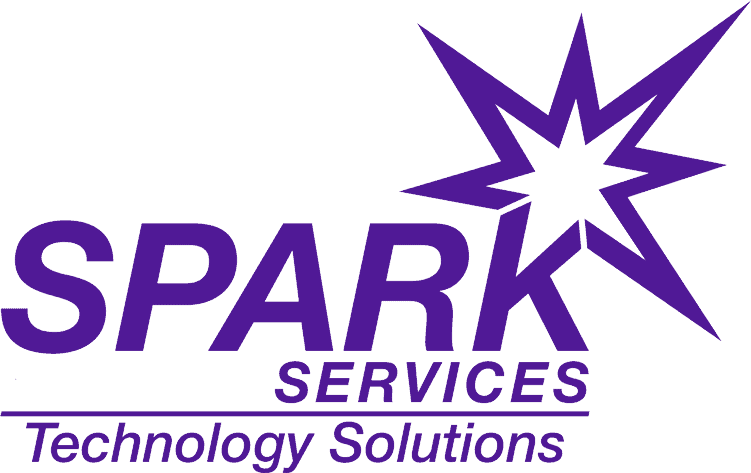Introduction
In today’s fast-paced business world, effective communication is paramount. Over the years, technology has played a pivotal role in reshaping the way businesses communicate. This blog explores the evolution of business communication and how technology has transformed the landscape.
Historical Perspective
Before the digital era, businesses relied on traditional communication methods like letters, memos, and face-to-face meetings. However, these methods had limitations, including time delays and geographical constraints.
The Digital Revolution
The Digital Revolution, a defining era in human history, signifies the rapid transition from analog and mechanical technologies to digital ones. This revolution began in the latter half of the 20th century and has reshaped every aspect of our lives. From the advent of the internet to the proliferation of smartphones and the growth of e-commerce, digital technology has revolutionized how we communicate, work, shop, and access information.
It has democratized access to knowledge, connected people across the globe, and ushered in an age of unparalleled innovation. As we continue to navigate this digital landscape, it’s clear that the Digital Revolution has forever altered the way we interact with the world.
Communication Tools and Platforms
Today, businesses use a wide range of communication tools and platforms. Email remains a staple, but instant messaging and video conferencing have become essential for real-time communication. Social media platforms play a significant role in marketing and customer engagement.
In today’s business landscape, communication tools and platforms have become the lifeblood of efficient and effective interactions. Email remains a ubiquitous choice for formal correspondence, while instant messaging platforms like Slack and Microsoft Teams facilitate real-time team collaboration, allowing employees to exchange ideas and information seamlessly.
Video conferencing tools such as Zoom and Skype have bridged geographical gaps, enabling face-to-face meetings from anywhere in the world. Moreover, social media platforms like LinkedIn, Twitter, and Instagram have transformed the way businesses engage with their audience, fostering direct and immediate connections.
VoIP for business phone systems works essentially the same way but with the expected features of a business PBX phone system such as call forwarding and multi-user conferencing. These diverse communication tools and platforms have not only streamlined business interactions but also enriched them, contributing to enhanced productivity and global reach.
Enhanced Mobility
Mobile devices have given rise to “on-the-go” business. Enhanced mobility, driven by the widespread adoption of mobile devices and applications, has revolutionized the way business professionals operate. With smartphones and tablets at their fingertips, employees can work anytime, anywhere. This flexibility has not only increased productivity but has also transformed the concept of traditional office space. Whether in a coffee shop, airport lounge, or home office, professionals can stay connected, collaborate on projects, and manage tasks efficiently, making business operations more agile and adaptable to the demands of the modern world.
Big Data and Analytics
Big Data and Analytics have revolutionized how businesses operate and make decisions. In today’s data-driven world, organizations harness vast amounts of information to gain valuable insights. By employing advanced analytics techniques, they can uncover trends, patterns, and correlations within this data. These insights empower businesses to make informed choices, enhance customer experiences, optimize operations, and predict future trends. Big Data and Analytics are not just tools; they are the driving force behind smarter decision-making and competitive advantages in the modern business landscape.
Cybersecurity and Data Protection
The digital age has brought new challenges, including cybersecurity threats. Protecting sensitive information is crucial, and businesses must employ security measures and best practices to safeguard data. Cybersecurity and data protection are critical pillars of modern business operations. In an age where digital information is the lifeblood of organizations, safeguarding it is paramount.
Cybersecurity encompasses a range of measures and practices designed to defend against cyber threats, such as hackers, malware, and data breaches. These threats can not only compromise sensitive data but also damage an organization’s reputation and financial stability.
Data protection, on the other hand, involves ensuring the privacy and integrity of data, both for businesses and their customers. It includes strategies like encryption, access controls, and regular data backups. In today’s interconnected world, businesses must prioritize cybersecurity and data protection to maintain trust and resilience in the face of evolving cyber threats.
Streamlined Collaboration
Cloud-based tools facilitate team collaboration and project management. Virtual teams and global partnerships are now common, enabling businesses to work across borders seamlessly. Streamlined collaboration is the cornerstone of modern business success. With the advent of cloud-based tools and project management software, teams can seamlessly work together, breaking down geographical barriers and enhancing productivity. Whether it’s a small startup or a multinational corporation, collaborating effectively in real time is essential for achieving goals and staying competitive in today’s interconnected world.
The Future of Business Communication
The future of business communication is poised for a dramatic transformation. Advancements in artificial intelligence (AI) will enable smarter and more personalized interactions with customers through chatbots and virtual assistants. Virtual reality (VR) and augmented reality (AR) will revolutionize presentations and collaborative meetings, making them more immersive and engaging. Blockchain technology promises to enhance the security and transparency of communication, particularly in data exchange and contracts.
As businesses continue to operate globally, language translation tools will bridge communication gaps effortlessly. Moreover, businesses will need to address ethical concerns surrounding data privacy and information overload while harnessing technology’s power to foster more efficient, meaningful, and sustainable communication practices.
Challenges and Ethical Considerations
In the digital age of business communication, challenges abound. One significant challenge is the ever-present threat of information overload. With a constant stream of emails, messages, and notifications, employees can become overwhelmed, affecting their productivity and well-being. Additionally, privacy concerns have taken center stage. Businesses must strike a delicate balance between utilizing data for personalization and respecting the privacy rights of their customers and employees. Navigating these challenges requires a thoughtful and ethical approach to technology and communication in the modern workplace.
Conclusion
In conclusion, technology has drastically transformed business communication. From email to AI-driven chatbots, businesses have embraced innovation to stay competitive. The future holds even more exciting possibilities, but challenges such as information overload and privacy must be addressed. When it comes to business, our goal is to provide all of our customers with the best solutions possible using the most modern technology available. Visit SPARKS Services today!




